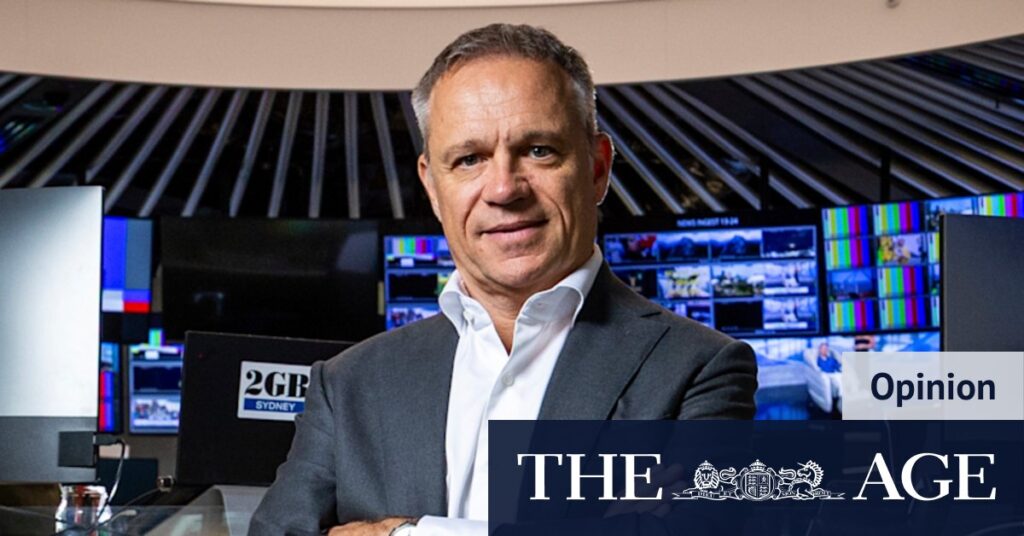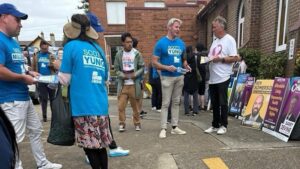
Nine Entertainment’s chief executive, Matt Stanton, marks his first year at the helm, navigating one of Australia’s most challenging corporate landscapes. With tech behemoths like Google and Meta encroaching on advertising revenue and content, and AI companies such as OpenAI and Anthropic seeking to utilize the company’s content for training their models, Stanton’s task is daunting.
These pressures come from well-funded U.S. companies, prompting Stanton and his peers to look towards the federal government for intervention. On Thursday, Stanton visited Canberra, leveraging his lobbying skills to advocate for traditional media operators seeking government support. The federal government’s previous backing of publishers against Google and Meta, through the mandatory news media bargaining code, offers a glimmer of hope.
Government Intervention and Industry Challenges
Despite past successes, the current landscape remains fraught with challenges. Meta’s withdrawal from negotiations has left publishers seeking government action to break the stalemate. Stanton remains optimistic, stating, “the government has our back”, and has allied with other Australian publishers, including News Corp, to ensure promises translate into action.
This coalition aims to address the threat posed by AI giants like OpenAI, which scrape local content to enhance their language models without compensating publishers. Stanton highlights the issue, noting that the Australian Financial Review, a Nine asset, is “scraped” by AI
10 times every second
, likening the situation to a game of Whac-A-Mole.
International Dynamics and Internal Strategies
Adding to these challenges are international trade tensions, particularly with U.S. President Donald Trump’s protectionist policies. Trump’s history of opposing constraints on U.S. tech giants complicates negotiations. The upcoming meeting between Prime Minister Anthony Albanese and Trump could prove pivotal, yet unpredictable, given Trump’s track record.
Domestically, Stanton is focused on ensuring Nine’s operations remain robust. He has implemented changes to unify the company’s diverse media assets, leveraging data to enhance cross-platform engagement. For instance, Nine used subscriber data from The Age and The Sydney Morning Herald to drive sign-ups for 9Now during the Australian Open, showcasing the advantages of a diversified media approach.
Strategic Moves and Future Prospects
Nine’s strategic decisions, such as selling a 60% stake in Domain for $3.2 billion, reflect a focus on shareholder returns. Stanton explains, “It’s all about shareholder return … because the price was too good to say no to.” This sale, despite Domain’s growth, allows Nine to reinvest in new ventures or sports broadcast rights, bolstered by potential proceeds from selling its radio business.
Speculation surrounds Nine’s potential acquisition of outdoor advertising group oOh!media, though Stanton remains non-committal. Meanwhile, industry peers like Kerry Stokes’ Seven West Media explore mergers, indicating a trend towards consolidation in response to market pressures.
As Nine navigates these complex dynamics, the company’s ability to adapt and innovate will be crucial. Stanton’s leadership, coupled with strategic alliances and government support, could define Nine’s path forward in an evolving media landscape.






